Many foreigners who come to Japan for the first time may be lost in how to dispose of garbage.
Each city has different methods of separating and disposing of garbage, and if you make a mistake, it may not be collected. Make sure you’re doing the right way and be able to take out your trash correctly.
Separation of regular garbage
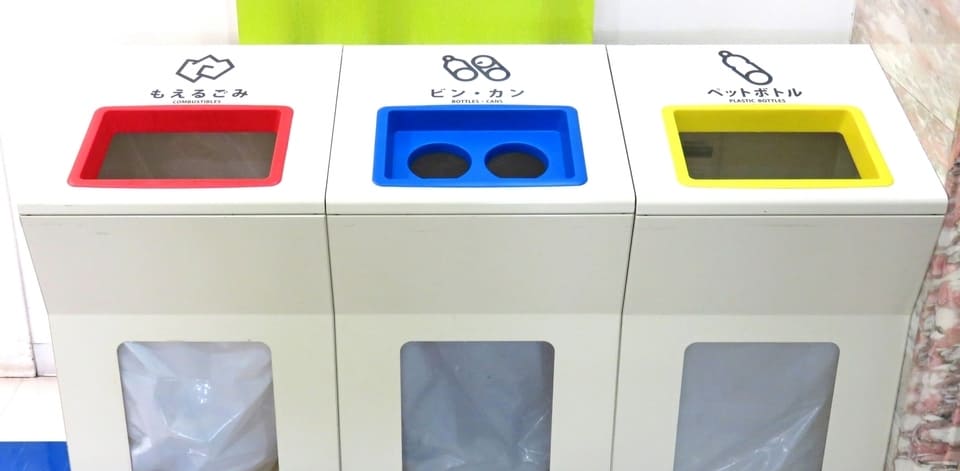
There is slightly different depending on the region, but the regular garbage is classified as follows.
- Combustible Garbage
- Non-combustible Garbage
- Plastic Garbage
- Recyclable Garbage
- Over-sized Garbage
We will explain in detail for each type of waste below. If it is different from the area where you live, please prioritize following the waste classification guidelines of your area.
Combustible Garbage
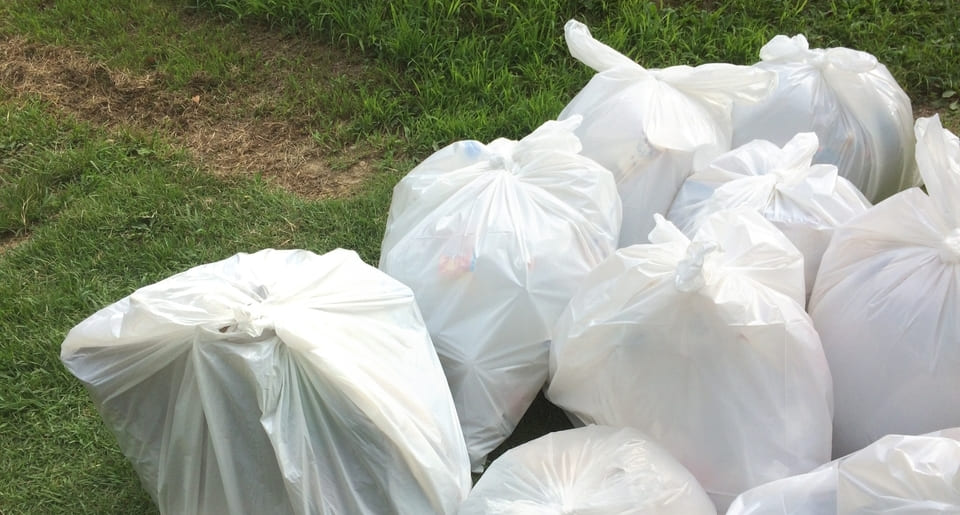
Food waste, small amounts of leaves and clothing, etc. are classified as burnable garbage. Paper (paper scraps, photos, etc.) that cannot be recycled is also burnable.
Rubber and leather products are also classified as burnable garbage, but bags with a side length of more than 30 cm will be sorted as over-sized garbage. So you should pay attention to the size of the garbage.
Basically, to dispose of your trash, you are required to use a translucent trash bags designated by your local authority that can be bought from local convenience stores or supermarkets. Take your trash to a designated pickup point on the morning of the scheduled collection day.
Non-combustible Garbage
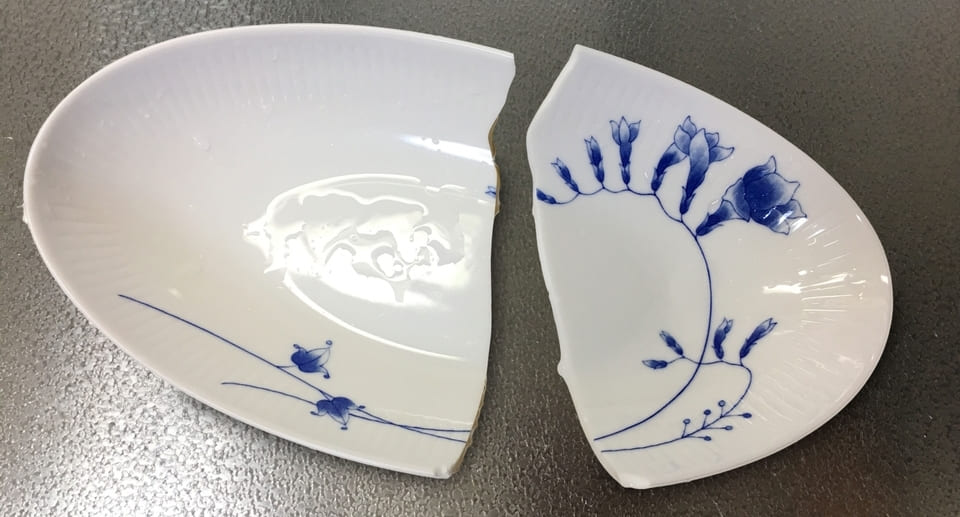
Garbage that is not burnable is classified here. More specifically, it includes small home appliances, pots, metal and cutlery, glass, ceramics, and batteries.
If the length of one side exceeds 30 cm, it will be over-sized garbage, so please note of the size.
Some non-combustible garbage requires special handling. For example, spray cans can cause a fire, so they must be used up and then placed in a separate bag from regular non-burnable garbage and labeled “スプレー缶” (spray cans).
Similarly, glass and cutlery that can easily lead to injuries must be wrapped in cardboard and marked as “キケン” (kiken) which means “dangerous”.
Garbage is not just something you can throw away on a daily basis, so kindly check the schedule of collection day at your neighborhood garbage dump.
Plastic Garbage
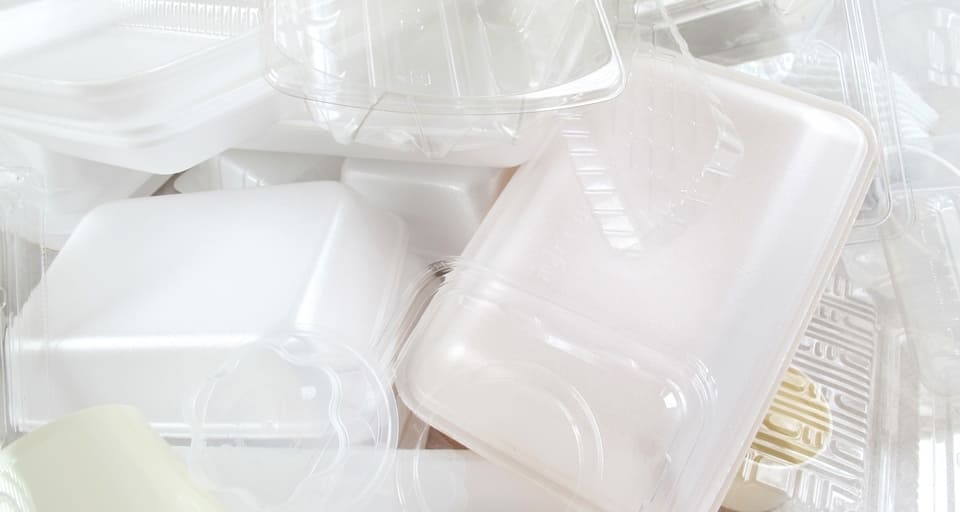
Plastic cups, bags, containers, styrofoam, etc. without a recycling plastic label are collected as plastic waste. “Pet” bottles (ペットボトル), which are plastic drinks bottles with the number 1 inside a triangle symbol is sorted differently from these items, so do not put them together.
In many supermarkets now, there are recycle bins which allow you to dispose of the packaging or plastic foam food tray in-store. If there is any place like that near your home, take advantage on it by all means.
In some areas, plastic waste is collected as combustibles. In such an area, sorting garbage becomes somewhat easier.
Recyclable Garbage
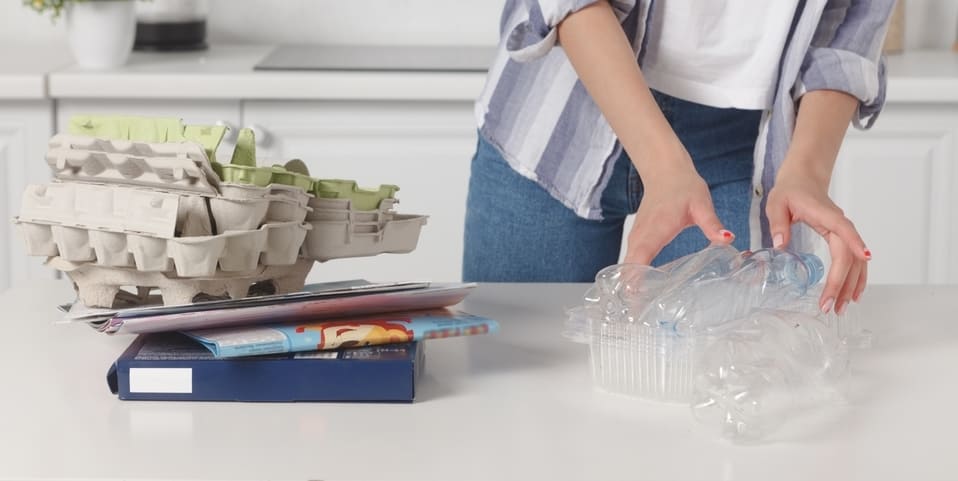
Recyclables are referred to as 資源しげんごみ (shigen gomi). Garbage such as bottles, aluminum and steel cans, “pet” bottles, magazines and newspapers, cardboard, scrap paper, and flattened milk cartons is collected as recyclables. Because the collection date and disposing method differ depending on area, please check the sorting garbage instruction carefully.
“PET” bottles
“Pet” bottles, which are plastic drinks bottles used for beverages on a daily basis must be washed, cleaned, and compressed to make them less bulky.
Remove their caps and labels and discard as plastic garbage.
However, among PET bottles, oil-dressing that contain edible oils and bottles that contain a spicy sauce are not classified as recyclable garbage. These items must be discarded as plastic waste.
Glass bottles and cans
Cans and glass bottles should be rinsed inside clean with water before sending them out for recycling. Take notice of items that cannot be thrown away as recyclables, such as oiled bottles and types of cans not used for foods.
Place them out for collection in separate translucent bags, or put them in containers provided for this purpose if they are used in your area. People often thrown away bins or cans directly into that designated container.
Used paper
Used paper such as newspapers, magazines, cardboard, and empty boxes of tissue is also recyclable paper. Oily stained and smelled paper are collected as burnable garbage.
It is common to tie out corrugated cardboard and newspapers to a cross by string together, and place small papers such as empty boxes, brochures, magazines, and wrapping cores into paper bags.
Over-sized Garbage
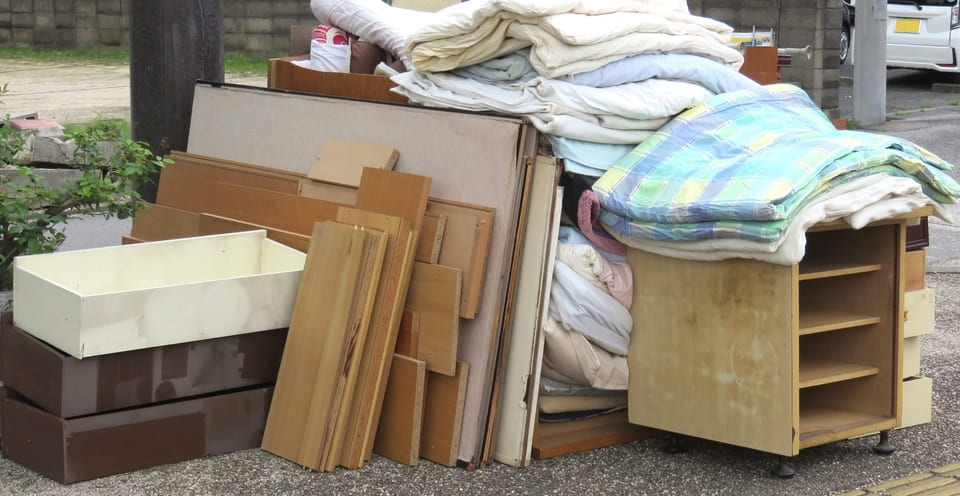
Home appliances, furniture and items exceeding 30 centimeters in length is treated as over-sized garbage and must be put out on certain days after contacting the sanitation authorities to arrange pickup, and is generally a paid service.
After applying to the local government over the phone or the Internet and asking how much the waste disposal fee will be, you will purchase ab over-sized garbage disposal ticket (粗大ごみシール. sodaigomi shīru) at a convenience store, etc. according to the amount.
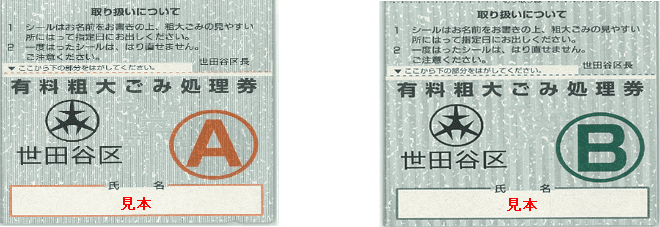
Write your name, etc. on the purchased sticker, paste it on the over-sized garbage, and put it out at the garbage collection point on the designated collection date to be collected.
Garbage that cannot be collected by the local government
There is some garbage not collected by local governments. For example:
- Air conditioner
- Television
- Refrigerator
- Washing machine
- PC
- Commercial waste
- Tire
- Piano
- Stones, sand, soil
These items are not collected from the standpoint of “Home Appliance Recycling Law”, danger in handling or harmfulness of items.
You will need to request a pickup from “the store where you bought the product,” “the store where you are buying a new one” or “a nearby electric appliance store” to pick up the product or ask a commercial disposal company for processing. So be sure to check the processing method according to what you throw away.
Garbage collection schedule
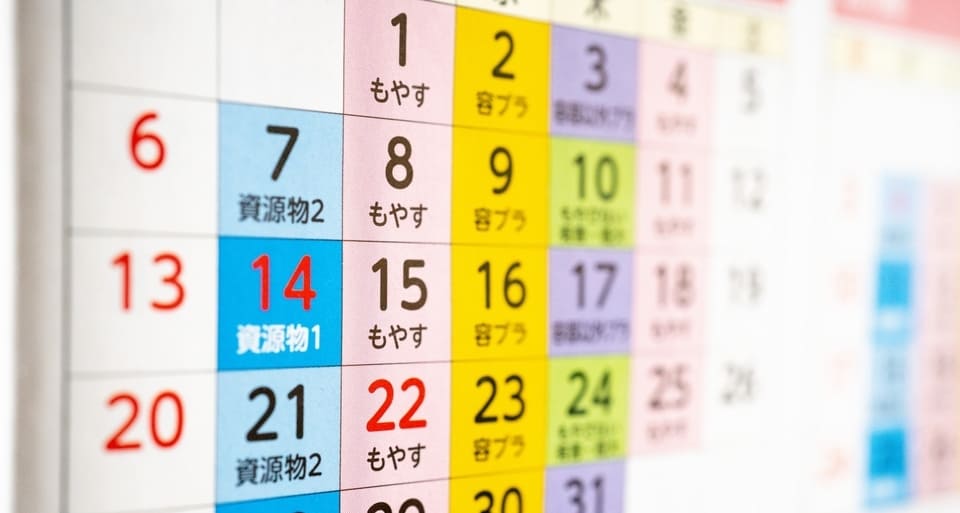
Collection schedule of sorting garbage varies according to area. It is a good idea to refer to the garbage collection calendar that reaches each household, or to check the collection date posted at the garbage collection point.
It is common to bring the garbage to the appointed collection point by 8 am on the collection date. Avoid putting trash on uncollected days of the week or the night before collection time.
Many municipalities collect combustibles twice a week and recyclables about once a week.
If you are not sure how to sort or dispose of garbage
When you move into a new apartment, you will receive a booklet from your landlord or the rental agency on the proper garbage disposal in your area. If it’s in Japanese, don’t give up – check if the local municipality office has an English version. These rules and schedules differ from place to place, so you need to check them as soon as possible upon arrival in a new residence and put it on the place where you can check it at any time.
If you are not sure how to sort or dispose of your garbage, check what and how garbage is being collected at your garbage dump. If you throw it away like other people, there is basically no problem. If you have a friend/acquaintance who lives near you, you should ask them.
Some municipalities, such as Meguro-ku, Tokyo, also has foreign language versions of garbage separation pamphlets.
If you throw away things that differ to regular garbage, it is recommended to contact your local cleaning office. In this case, you may need help from someone who understands Japanese. Contact information can be found on the garbage separation brochure or on the local government website.
It may seem a bit confusing to follow at first, but once you get used to it, it is no sweat at all. Please try to sort garbage properly by referring to this post and the notice illustration at the garbage collection station.



